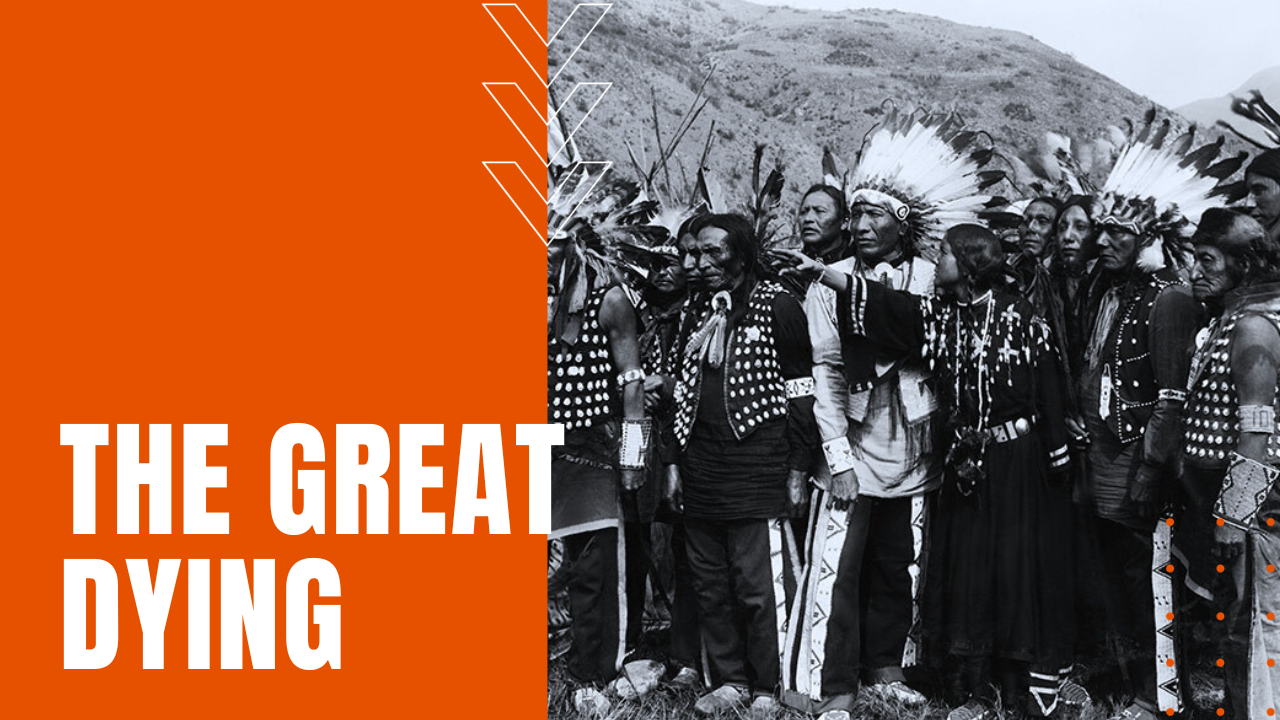The Great Dying

Decades before the Pilgrims made their landfall at Plymouth Rock, Europeans engaged in frequent contact with Native Americans from present-day Maine to Massachusetts, as English, Dutch and Portuguese fishermen, Basque whalers and French fur traders partook in the bounties of the region.
Flourished for 10 Millennia
By the time French explorer Samuel de Champlain explored Plymouth Harbor on a 1605 mapping expedition in, he encountered native settlements of 67 Wampanoag villages known collectively as Patuxent, scattered throughout Massachusetts and eastern Rhode Island, where, according to oral tradition and archeological evidence, some 40,000 people flourished for more than 10,000 years, alongside other tribes of Massachusetts, Pennacook, Nauset, Permaquid and Abenaki people.
Great Dying Begins
Embedded in the early lore of English settlers at Plymouth, The Great Dying began in 1616, when local Nauset warriors captured a shipwrecked crew of Frenchmen along the coast of Cape Cod, exposing Native Americans to a host of foreign diseases, which soon felled entire villages from Maine to Massachusetts as a plague-like illness took the lives of an estimated 90 percent of indigenous populations, prompting French Jesuit Father Pierre Baird to write that “(The Abenaki) are astonished and often complain that since the French mingle and carry on trade with them they are dying fast, and the population is thinning out,” while English explorer Richard Vines noted that local natives “were sore afflicted with the Plague, for that the Country was in a manner left void of inhabitants.”
A Majority Lost
After the Mayflower Pilgrims began to establish their colony at Plymouth, instead of a desperate struggle to survive New England’s challenging landscape, they found entire deserted villages at their disposal, replete with untended crops, tools and other supplies hastily left behind by a now deceased indigenous population. The Puritans soon embraced the notion that God’s divine providence had cleared their new lands by a “miraculous pestilence,” so that a new Christian society could take root in their chosen land, prompting early colonial merchant Thomas Morton to note that the recent depopulation of natives left the land “much the more fit for the English Nation to inhabit in, and erect in it Temples to the glory of God,” making The Great Dying, a time of tragic loss for once thriving indigenous societies.
